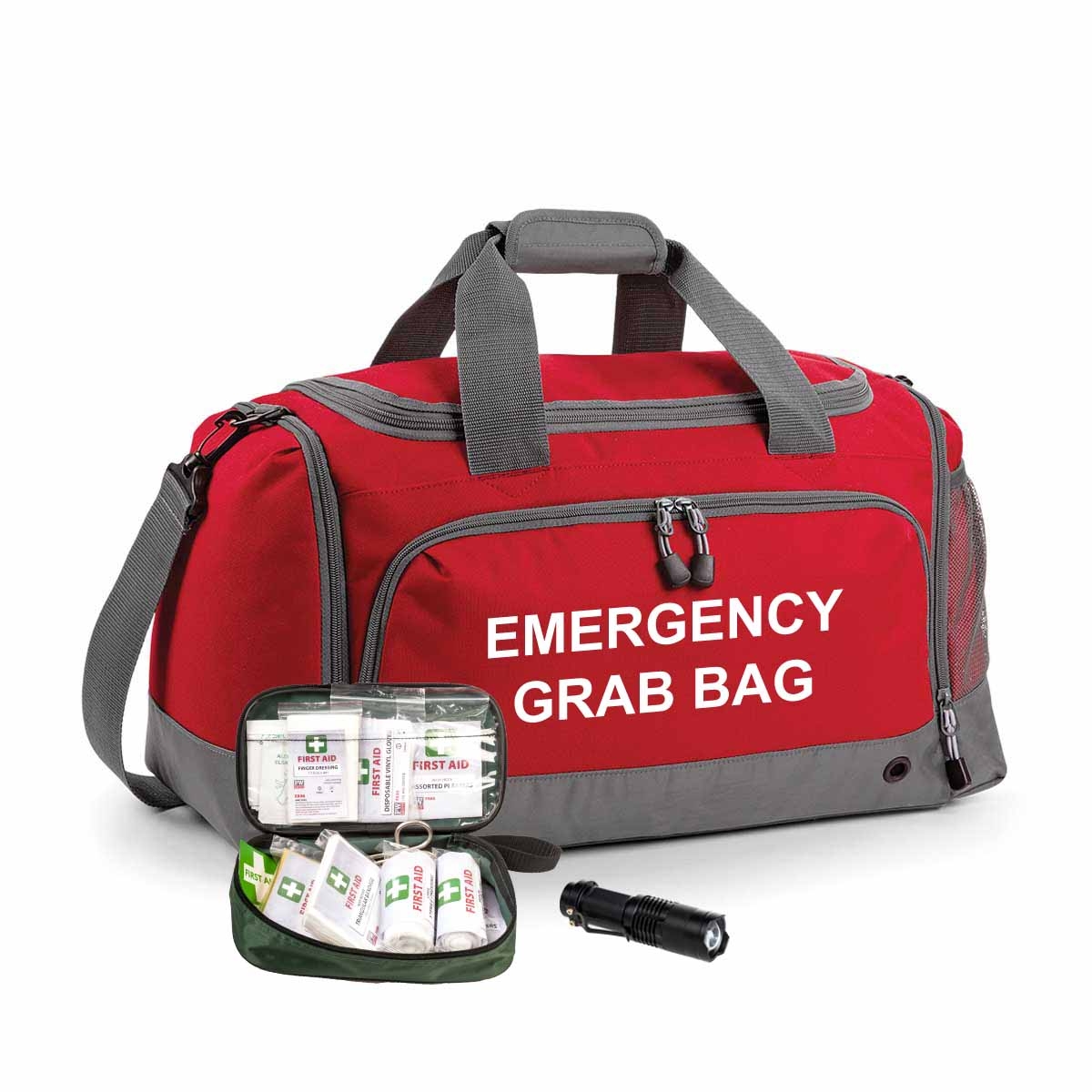We are all familiar with ‘COSHH,’ the Control of Substances, Hazardous to Health Regulations. These are the regulations that regulate the legal requirement of employers, employees and others to control the risks of exposure to harmful substances at work including those that are airborne causing harm by way of inhalation.
Lots of different jobs across different industries involve work processes that can produce these airborne hazards and if these are not controlled effectively, people inhale them.
The most effective way employers can control these hazards is by using Local Exhaust Ventilation (LEV) systems, also called extraction system or fume control. These systems are generally very effective at controlling dusts and fumes, but we need to understand how these systems work and are used properly.
Local Exhaust Ventilation (LEV) Systems: A Vital Component of Workplace Safety
Local Exhaust Ventilation, commonly referred to as LEV, is a mechanical ventilation system designed to remove (extract) airborne contaminants generated during industrial processes. These contaminants can include dust, fumes, gases, vapours, and mists, which, if inhaled, can lead to various health issues ranging from respiratory problems to more severe conditions like cancer.
These include dust e.g. dust in bakeries, wood dust, concrete/stone dust from cutting activities, mist (e.g. paint mist from spraying equipment), fume such as welding fume, gas (e.g. carbon monoxide), vapour from solvents from a painting.
How Does LEV Work?
All LEV systems fundamentally work in a similar way, they operate by capturing contaminants at their source and then transporting them away from the worker's breathing zone.
- Hoods or Capture Devices: These are placed strategically to capture contaminants at their source. Hoods come in various forms, including enclosures, local exhaust arms, or fixed extraction points.
- Ductwork: Ducts serve as conduits for transporting contaminated air away from the work area. It is essential to ensure that the ductwork is properly sized, sealed, and routed to minimize air resistance and prevent leakage.
- Air Cleaning Devices: Depending on the nature of the contaminants, air cleaning devices such as filters, scrubbers, or precipitators may be installed to purify the extracted air before it is discharged.
- Fan or Blower: The fan or blower provides the necessary airflow to draw contaminants into the system and propel them through the ductwork and air cleaning devices.
- Exhaust Stack: The exhaust stack is the final outlet point for the purified air. It is crucial to position the exhaust stack away from occupied areas to prevent re-entry of contaminants into the workplace.
Importance of LEV in the Workplace:
Implementing an effective LEV system offers several benefits to both employers and employees:
- Worker Health Protection: LEV systems prevent workers from inhaling harmful airborne contaminants, reducing the risk of occupational diseases and long-term health effects.
- Legal Compliance: The Control of Substances Hazardous to Health (COSHH) Regulations, requires the use of LEV systems where hazardous substances are present. Compliance with these regulations is essential to avoid legal repercussions and ensure a safe working environment.
- Improved Productivity: By maintaining a clean and safe work environment, LEV systems contribute to enhanced productivity and employee morale.
- Cost Savings: While the initial investment in LEV systems may seem significant, the long-term cost savings associated with reduced absenteeism, healthcare expenses, and regulatory fines outweigh the initial outlay.
Ensuring Effectiveness and Compliance
To maximize the effectiveness of LEV systems and ensure compliance with health and safety law, employers must have in place an effective Safe System of Work (SSOW). The key elements of which will normally involve:
- Conducting a thorough COSHH specific Risk Assessment to identify the hazards/risks and determine the appropriate control measures, including the use of LEV systems.
- Design and install LEV systems in accordance with relevant Standards and HSE guidance documents, ensuring proper selection of components, adequate airflow rates, and regular maintenance.
- Provide comprehensive training to employees on the proper use and maintenance of LEV systems, including how to recognize signs of malfunction or inadequate performance.
- Implement a robust system of inspection and testing to monitor the performance of LEV systems regularly and address any issues promptly.
- Implement an appropriate system of review.
What Type of LEV do I Need?
Of course, it is vitally important that we get the correct type of LEV captive hood, as this is what will contain the contaminant to be extracted away from the breathing zone of the operative and the workplace environment. For all dust and fume process there will be an LEV hood and system design that will provide effective control. Well-designed systems that are properly used, maintained and inspected will protect employees from the effects of exposure.
You can get help from trade associations and professional advice from reputable suppliers. Printed guidance aimed at how to choose and use LEV is also available from the HSE, specifically HSG258: Controlling airborne contaminants at work A guide to local exhaust ventilation (LEV) and INDG408 (rev 1): Clearing the air A simple guide to buying and using local exhaust ventilation (LEV)
In Summary
Local Exhaust Ventilation (LEV) systems play a vital role in protecting the health and safety of workers in environments where hazardous substances are present. By effectively capturing and removing airborne contaminants at their source, LEV systems help mitigate occupational health risks, ensure regulatory compliance, and promote a safe and productive workplace environment. Employers must prioritize the design, installation, maintenance, and proper use of LEV systems to safeguard the well-being of their employees and demonstrate their commitment to health and safety excellence.





